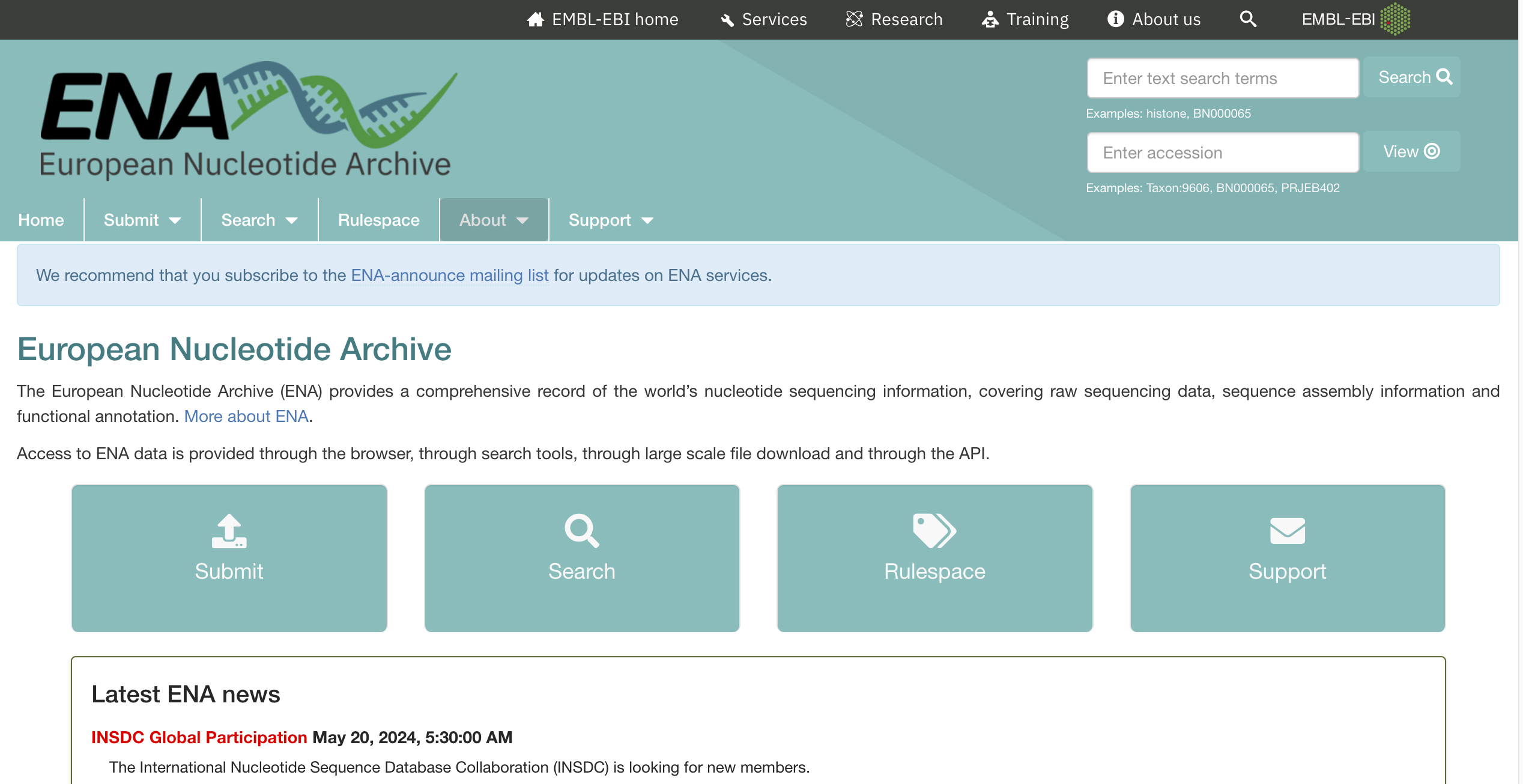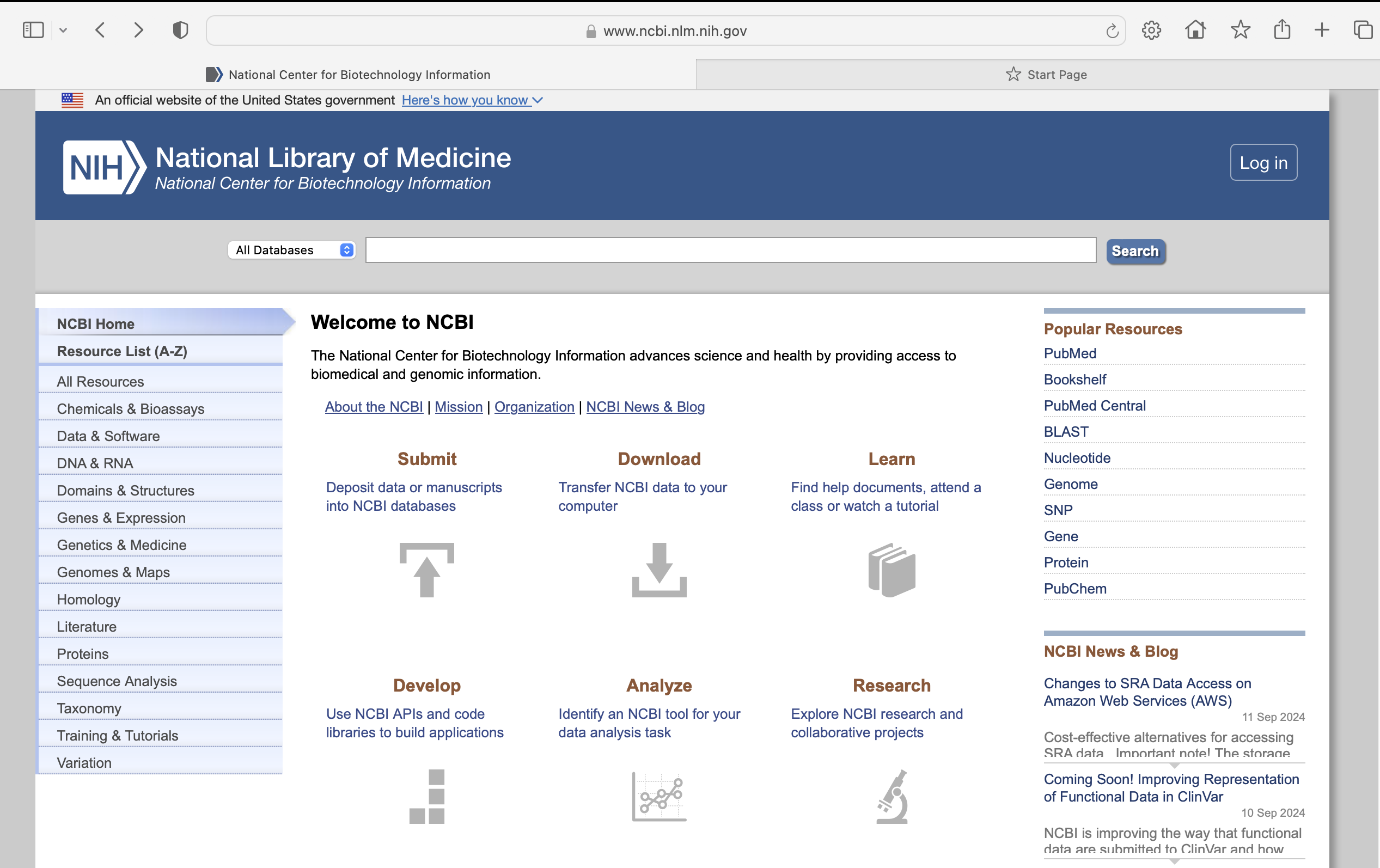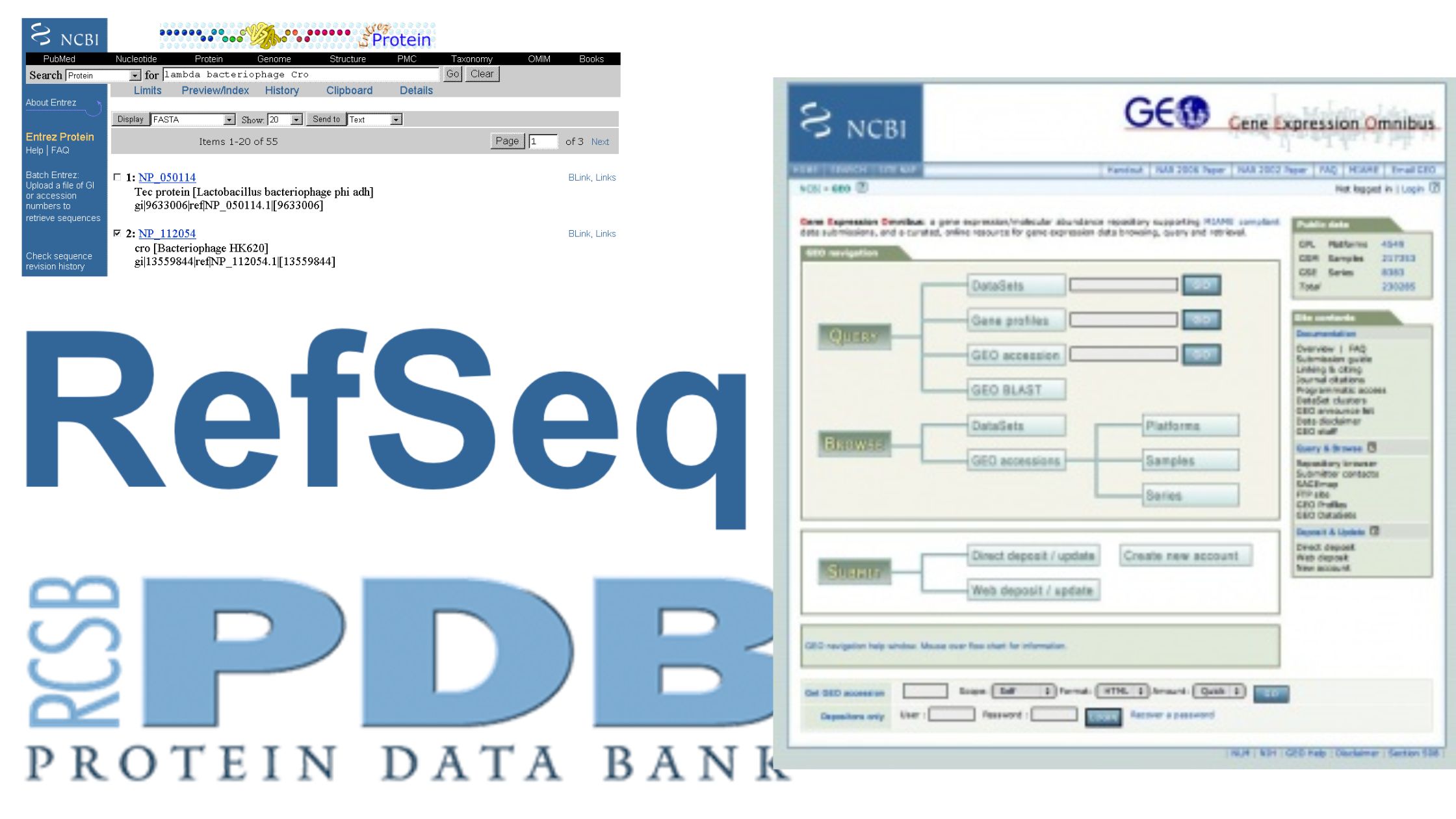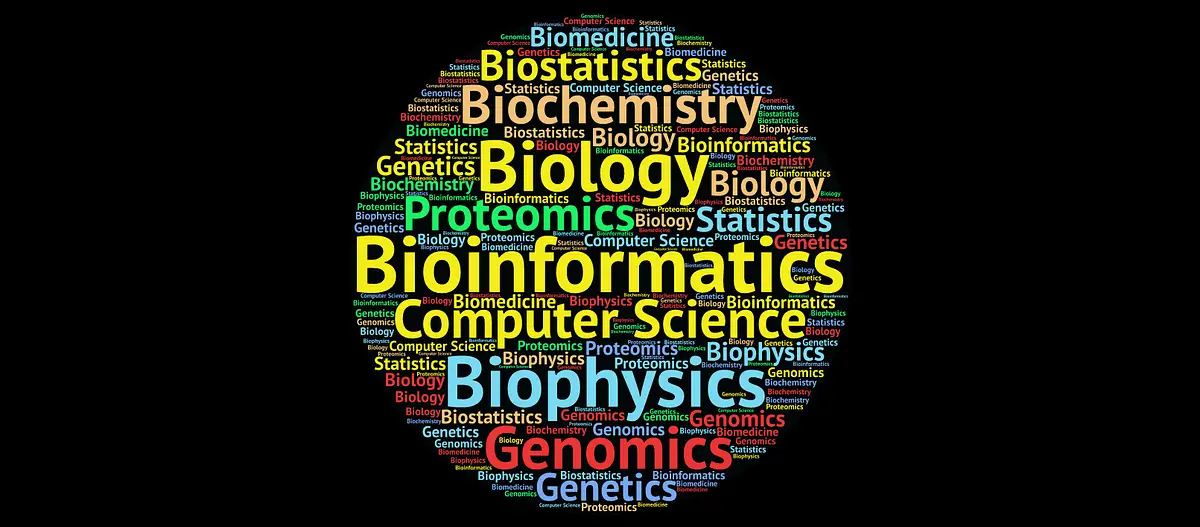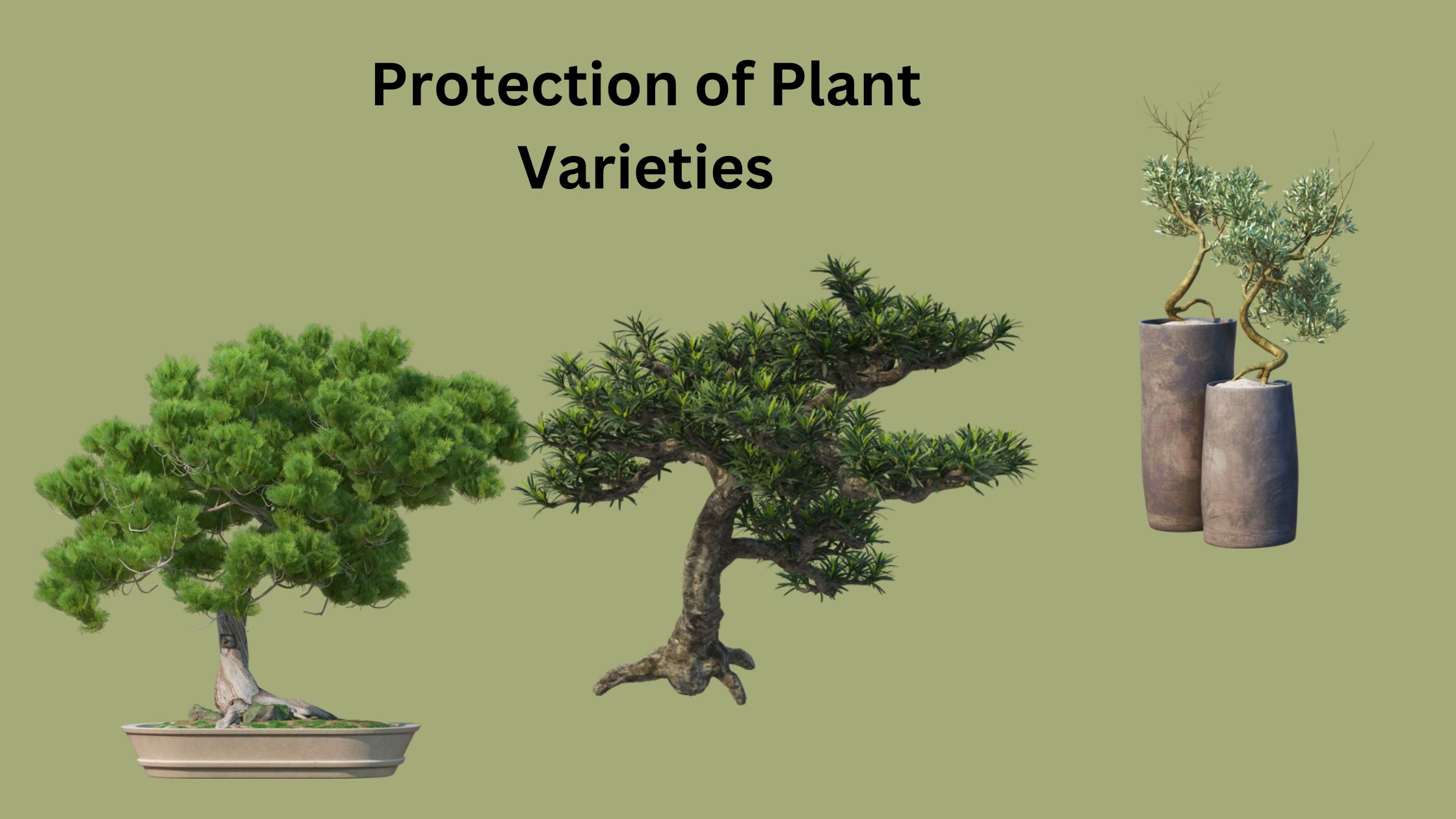What is EMBL Nucleotide Sequence Database (EMBL-Bank)?
The EMBL Nucleotide Sequence Database, commonly referred to as EMBL-Bank, is a pivotal resource in the realm of molecular biology. As an extensive repository of nucleotide sequences, EMBL-Bank plays a crucial role in biological research by providing a comprehensive and up-to-date collection of DNA sequences from a diverse range of organisms. This database is invaluable … Read more
